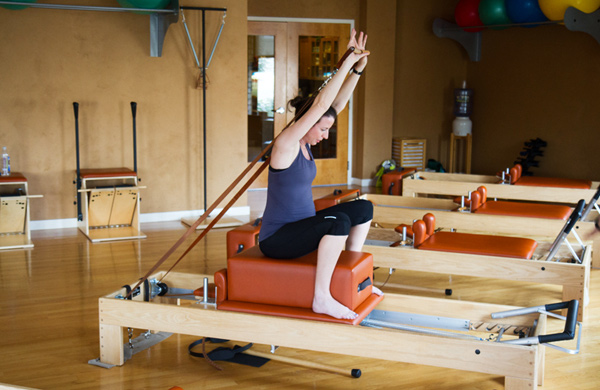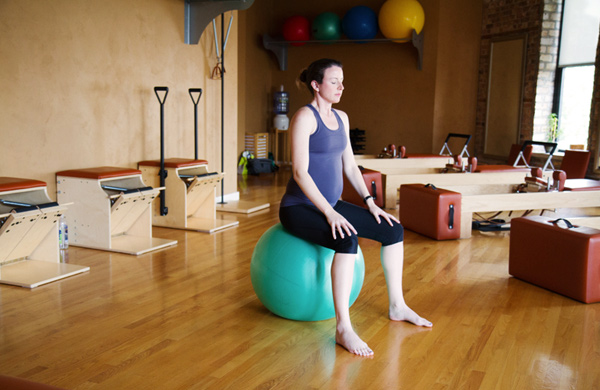GROUPON GUIDE TO CHICAGO
Low-Impact Fit: Prenatal Pilates for Moms-to-Be
BY: Emily Wachowiak |Jul 25, 2013
BY:
Deals in Chicago

Up to 51% Off on Pilates
Sale Ends 4/27
$77.76 with_code GROUPON
TFI Physical Therapy & Sports Performance

Unleash Your Inner Warrior with Unlimited Vinyasa and Power Yoga!
$9$8.10
Sale Ends 4/27
$7.29 with_code GROUPON
Unlimited Online Vinyasa & Power Yoga

Get 2, 5, or 20 Pilates Reformer Class Package good for 60 Days
2105 North Southport Avenue, Chicago • 4.9 mi
56% discount_off
$28 with_code GROUPON
1 bought
Lincoln Park Pilates
Deals in Chicago Other Deals in Chicago

Discover Core Value Pilates with 10 Group Mat Classes, offering up to 59% off, for new clients seeking wellness
4048 Fox Valley Center Drive, Aurora • 30.0 mi
Sale Ends 4/27
$79.70 with_code GROUPON
Core Value Pilates

Unlimited Online HIIT Classes for 3 or 6 Months or 1 Year!
$9$8.10
Sale Ends 4/27
$7.29 with_code GROUPON
Unlimited Online HIIT Classes

Step Aboard Your Fitness Journey from the Comfort of Your Home!
$9$8.10
Sale Ends 4/27
$7.29 with_code GROUPON
Unlimited Online Pilates Classes for 3, 6, or 12-Months
 Amy Dorsey has been doing Pilates for a year, and she’s been pregnant about half that time. With the help of
Amy Dorsey has been doing Pilates for a year, and she’s been pregnant about half that time. With the help of 



